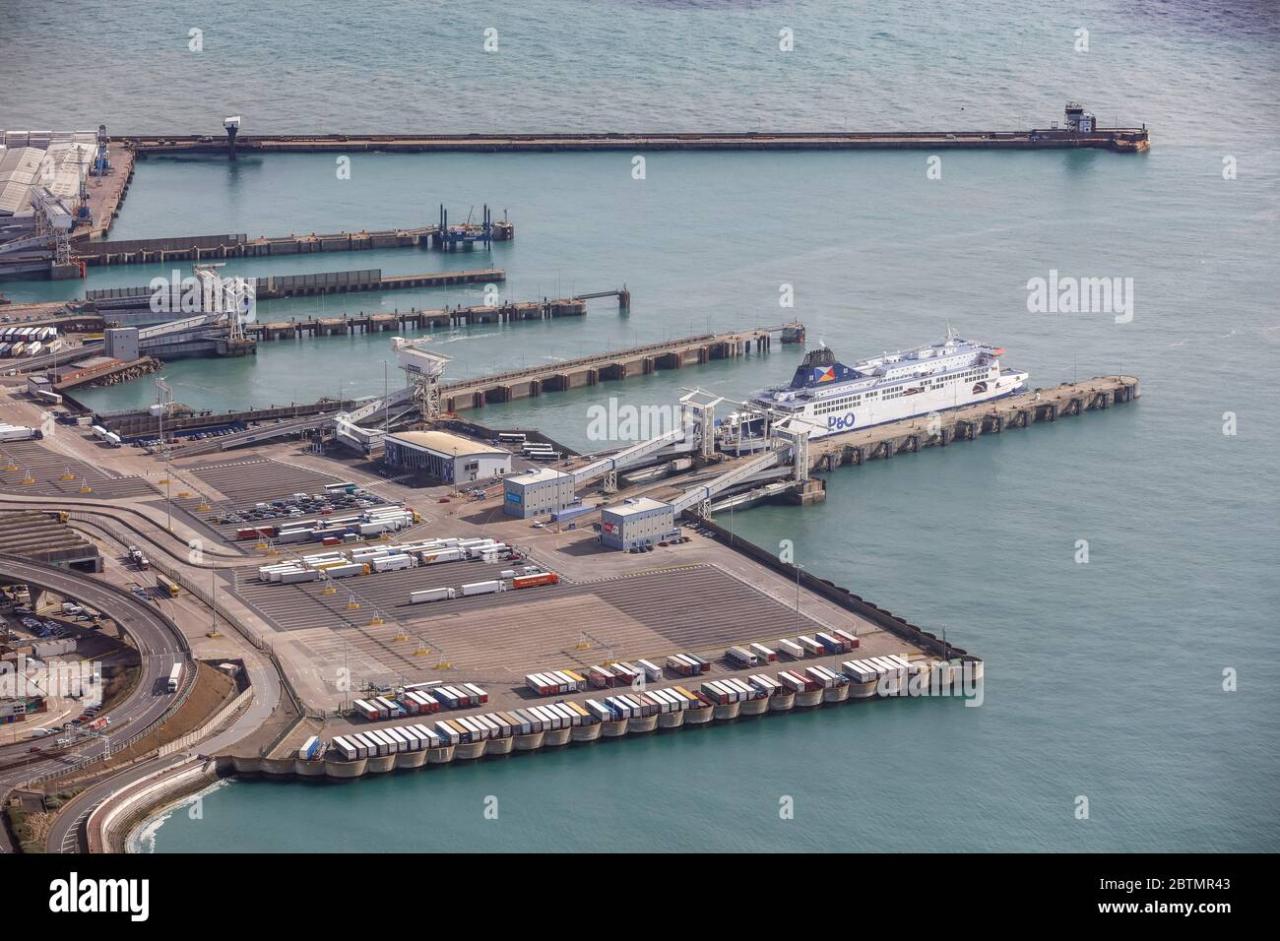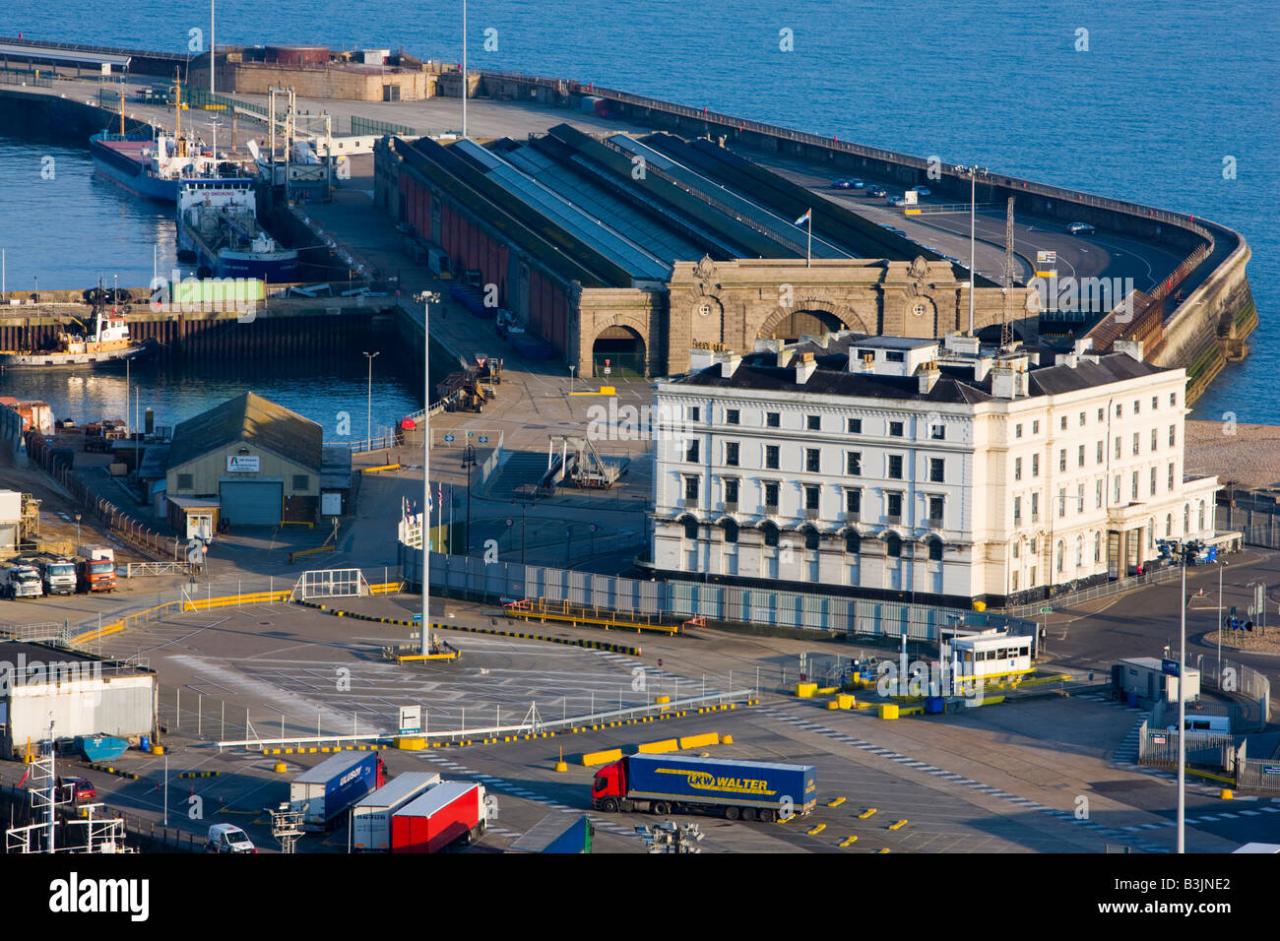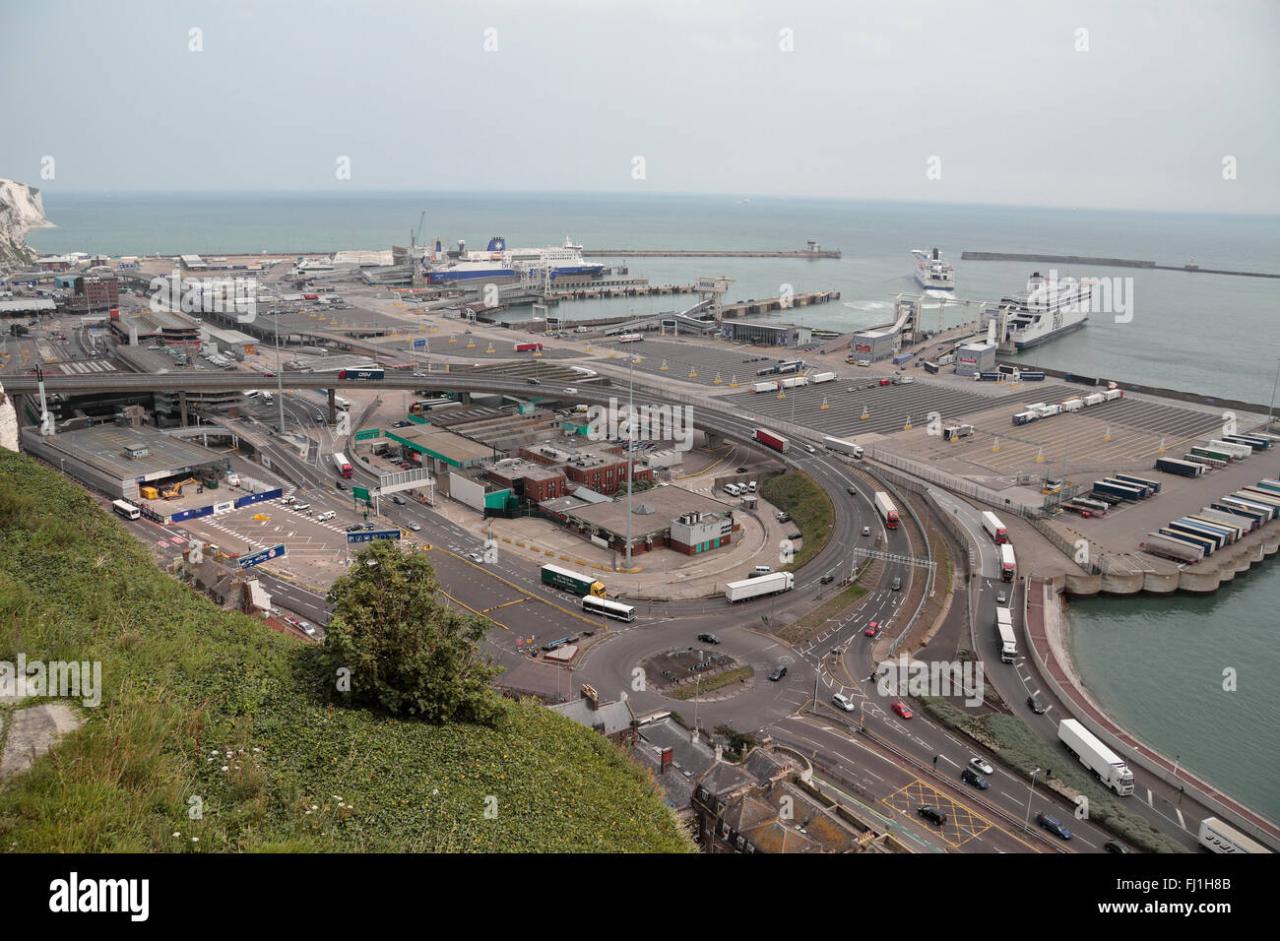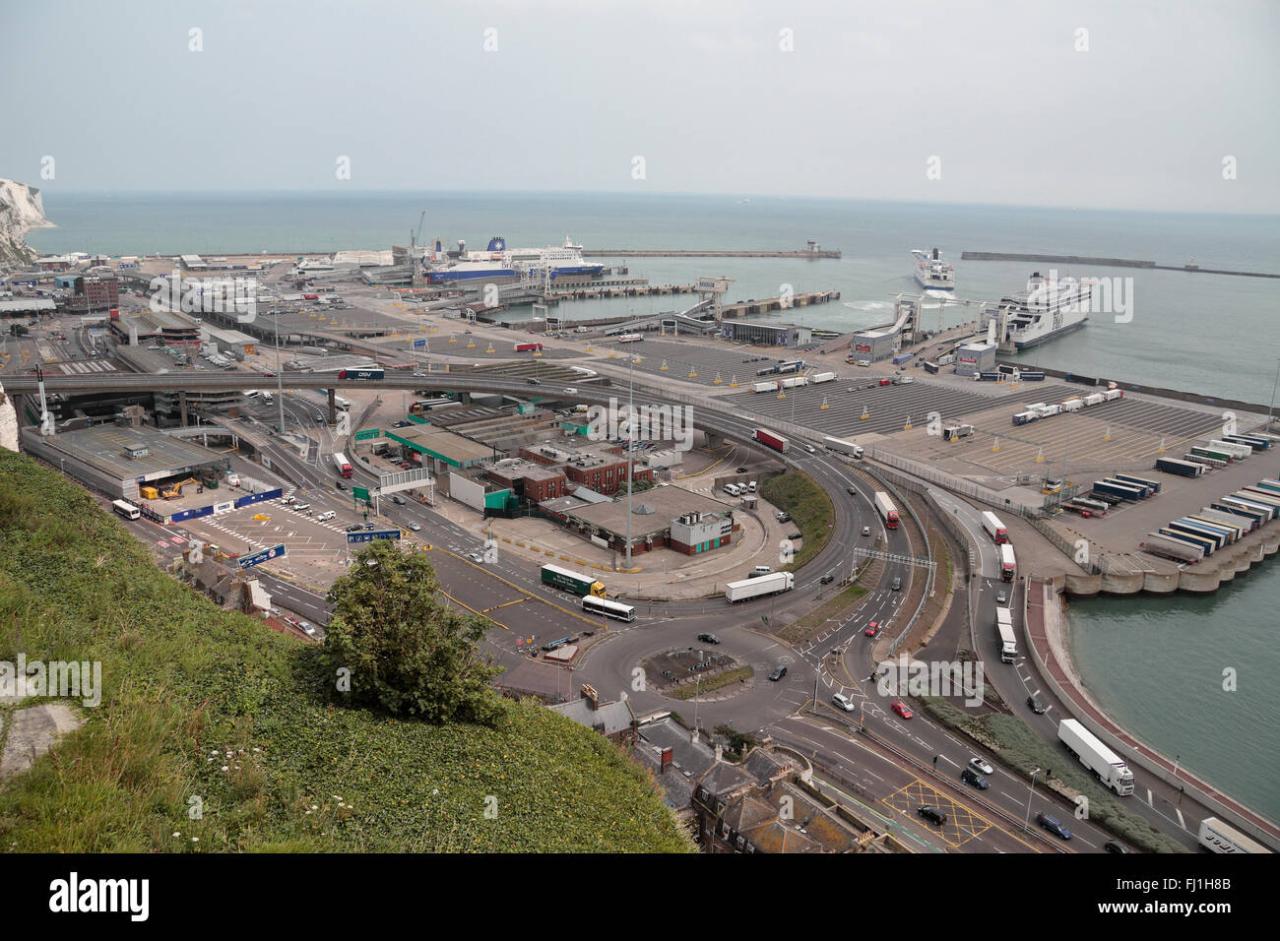Port Dover camera systems are becoming increasingly prevalent, raising questions about public safety, privacy, and technological capabilities. This exploration delves into the various aspects of these systems, from their physical locations and technical specifications to the legal and ethical considerations surrounding their use. We’ll examine the potential benefits, such as improved crime prevention and traffic management, while also addressing concerns about potential misuse and the impact on individual privacy.
This analysis will cover the types of cameras employed, their placement strategies, the legal framework governing their operation in Port Dover and Ontario, and the public’s perception of their presence. We will also discuss the technical components of these systems, potential vulnerabilities, and the importance of robust maintenance procedures. Finally, we’ll explore illustrative examples showcasing the practical applications of Port Dover cameras in enhancing public safety and managing traffic flow.
Port Dover Camera Locations and Types
Understanding the placement and types of surveillance cameras in Port Dover is crucial for assessing both their security benefits and potential privacy implications. This section details common camera locations, the various camera technologies employed, and a comparison of their capabilities.
Public Camera Locations in Port Dover

Publicly accessible cameras in Port Dover are likely concentrated in high-traffic areas and locations of significant public interest. Examples include the main streets, the Port Dover Harbour, the beach areas, and potentially near significant businesses or municipal buildings. Specific intersections with high accident rates might also be equipped with traffic cameras.
Types of Cameras and their Visual Quality
Port Dover’s camera network likely consists of a mix of CCTV (Closed-Circuit Television) cameras, security cameras installed by private businesses, and traffic monitoring cameras managed by municipal or provincial authorities. CCTV cameras typically offer a wider field of view but may have lower resolution compared to modern security cameras, which often feature higher resolution, night vision, and advanced features like motion detection.
Traffic cameras are generally designed for capturing license plates and monitoring traffic flow, with a focus on clear image capture of vehicles.
- CCTV Cameras: Wide field of view, potentially lower resolution, basic recording capabilities.
- Security Cameras: High resolution, night vision capabilities, motion detection, potentially cloud storage.
- Traffic Cameras: High resolution focusing on license plates and vehicle identification, often integrated with traffic management systems.
Potential Camera Placement List
A comprehensive camera network in Port Dover would consider strategic placements based on public safety and security concerns. This would involve careful consideration of blind spots and areas prone to criminal activity or accidents.
- Main intersections downtown
- Port Dover Harbour entrance and docks
- Beach access points and parking areas
- Municipal buildings and public parks
- High-traffic areas along main streets
Legal and Privacy Implications of Port Dover Cameras
The implementation of a public camera network in Port Dover necessitates careful consideration of legal frameworks and privacy concerns. Balancing public safety with individual rights is paramount.
High-resolution cameras, like those potentially used in Port Dover, offer exceptional detail for surveillance purposes. The capabilities are comparable to those used in analyzing footage of military drones, such as the shahed drone , where precise identification is crucial. Understanding the technology behind these systems helps us appreciate the advancements in Port Dover’s security infrastructure and the increasing sophistication of modern surveillance technology.
Legal Framework for Public Surveillance
The legal framework governing public surveillance in Ontario is complex, involving various statutes and regulations. The use of surveillance cameras in public spaces must comply with relevant privacy legislation, such as the Personal Information Protection Act (PIPA) and the Municipal Act. Any data collected must be handled responsibly and ethically, with clear guidelines on data retention and access.
Privacy Concerns and Protection Measures
Widespread camera usage raises concerns about potential privacy violations. Individuals may feel their movements and activities are constantly monitored, leading to feelings of unease. To mitigate these concerns, clear signage indicating camera presence is essential. Data encryption, limited data retention periods, and strict access controls for camera footage are also crucial. The implementation of a robust privacy policy is necessary to ensure responsible data handling.
Hypothetical Privacy Policy for Port Dover Cameras

A hypothetical privacy policy for a Port Dover camera network would Artikel the purpose of surveillance, data retention policies (e.g., footage automatically deleted after 30 days unless involved in an investigation), data security measures, and procedures for accessing and requesting footage. It would also specify the individuals or entities authorized to access the footage and the process for handling complaints or concerns related to privacy.
Port Dover Camera Images and their Uses
Images captured by Port Dover’s cameras can play a vital role in enhancing public safety and facilitating efficient traffic management. This section explores potential applications and data management procedures.
Using Camera Images for Safety and Security
Camera footage can be instrumental in identifying suspects in criminal investigations, assisting in locating missing persons, and deterring crime. In traffic management, images can help analyze traffic flow, identify accident hotspots, and improve road safety. The analysis of camera footage can reveal patterns and trends that can inform proactive measures to enhance public safety.
Data Storage and Retrieval
Camera footage is typically stored on dedicated recording devices, which may be located on-site or in a secure remote location. A robust system for data retrieval is crucial for efficient investigation and analysis. Access to the footage should be restricted to authorized personnel, with a clear audit trail of all accesses.
Image Analysis and Crime Prevention
Advanced image analysis techniques can automate the detection of suspicious activities, such as loitering or vandalism. Real-time alerts can be triggered based on pre-defined criteria, enabling rapid response from law enforcement. In traffic management, image analysis can provide insights into traffic patterns, helping optimize traffic light timing and improve overall flow.
Hypothetical Scenario: Solving a Minor Incident
Imagine a minor theft from a beachfront vendor’s stall. Camera footage from a nearby camera could capture the incident, identifying the suspect based on their clothing and physical characteristics. The timestamp on the footage would help pinpoint the time of the theft, potentially leading to their identification and the recovery of the stolen goods. The clear image of the suspect’s face, combined with the context of the beach setting and the vendor’s stall, would provide compelling evidence.
Technical Aspects of Port Dover Camera Systems
A functional public camera system requires careful consideration of its components, potential vulnerabilities, and maintenance needs. This section Artikels the key technical aspects.
Components, Vulnerabilities, and Maintenance of a Public Camera Network
A robust public camera system involves various interconnected components, each with potential vulnerabilities requiring regular maintenance. Understanding these aspects is crucial for ensuring the system’s reliability and security.
| Component | Description | Vulnerability | Maintenance |
|---|---|---|---|
| Cameras | High-resolution cameras with features like night vision and motion detection. | Physical damage, theft, malfunction, hacking (if connected to a network). | Regular cleaning, firmware updates, inspections for damage, replacement as needed. |
| Recording Devices (NVR/DVR) | Network Video Recorders (NVRs) or Digital Video Recorders (DVRs) store and manage camera footage. | Hardware failure, data corruption, unauthorized access. | Regular backups, hardware checks, software updates, security audits. |
| Network Infrastructure | Networking equipment (switches, routers) connects cameras and recording devices. | Network outages, cyberattacks, unauthorized access. | Regular network monitoring, security updates, intrusion detection systems. |
| Software | Software manages the camera system, including recording, playback, and analytics. | Software vulnerabilities, bugs, unauthorized access. | Regular software updates, security patching, vulnerability scanning. |
Public Perception and Acceptance of Port Dover Cameras

Public perception of increased camera surveillance is complex and multifaceted. This section explores the potential benefits and drawbacks, factors influencing public opinion, and methods for gauging community sentiment.
Benefits and Drawbacks of Increased Surveillance
Increased camera surveillance offers potential benefits in terms of enhanced security and crime prevention, improved traffic management, and a greater sense of safety for residents. However, concerns regarding privacy violations, potential misuse of data, and the feeling of constant surveillance are significant drawbacks that need to be addressed.
Factors Influencing Public Opinion
Public opinion on camera surveillance is shaped by a variety of factors, including individual privacy concerns, trust in law enforcement, past experiences with crime, and perceptions of the effectiveness of surveillance technology. Community engagement and transparent communication are essential in shaping public opinion.
Discussions regarding Port Dover camera systems often involve comparisons with other weather monitoring solutions. For instance, the reliability of a Port Dover system might be assessed by referencing the performance of similar technologies, such as those used in the coquihalla weather camera system. Ultimately, the choice for a Port Dover installation will depend on specific needs and environmental factors.
Comparison with Other Towns
Comparing public perception in Port Dover to other similar towns with established camera networks can provide valuable insights. This would involve researching public opinion surveys and news articles from those communities to understand the range of opinions and concerns.
Hypothetical Public Survey
A hypothetical public survey to gauge community sentiment could include questions about residents’ comfort levels with increased surveillance, their perceived benefits and drawbacks, their trust in data handling practices, and their suggestions for improving the system’s privacy protections. The survey should use a mix of multiple-choice and open-ended questions to capture a wide range of opinions.
Illustrative Examples of Port Dover Camera Applications
Specific scenarios can illustrate the practical applications of camera systems in Port Dover, highlighting their contributions to traffic management, safety, and crime prevention.
Improved Traffic Flow During Peak Season
During the peak tourist season, Port Dover experiences significant traffic congestion. Cameras strategically placed at key intersections could monitor traffic flow in real-time. This data could be used to dynamically adjust traffic light timings, optimizing traffic flow and reducing congestion. The cameras could also identify accident hotspots, enabling targeted interventions to improve road safety.
Improved Safety Due to Camera Monitoring
Imagine a camera positioned overlooking a popular pedestrian crossing near the harbour. The image shows a clear, well-lit scene during the evening. Pedestrians are clearly visible, crossing safely within the designated crosswalk. Cars are stopped, waiting patiently for pedestrians to cross. The image demonstrates a safe and orderly environment, highlighting the positive impact of camera surveillance in ensuring pedestrian safety.
Identifying a Missing Person, Port dover camera
A missing person report is filed for a young child last seen near the beach. Camera footage from cameras along the beach and nearby streets is reviewed. An image shows the child walking alone towards the pier, approximately 15 minutes after being reported missing. The image is relatively low-light, but the child’s distinctive clothing (a bright yellow raincoat) allows for clear identification.
The timestamp and location data from the camera provide crucial information for the search and rescue operation.
In conclusion, the implementation of camera surveillance systems in Port Dover presents a complex interplay of security needs, privacy rights, and technological advancements. While these systems offer significant potential for improving public safety and managing traffic, careful consideration must be given to the ethical and legal implications, ensuring that privacy concerns are addressed through robust policies and transparent practices.
A balanced approach, prioritizing both security and individual rights, is essential for fostering a safe and secure community while respecting the privacy of its residents.
FAQ Resource
What is the cost of maintaining a Port Dover camera system?
Maintenance costs vary greatly depending on the system’s size and complexity, including factors like equipment repair, software updates, and personnel costs.
How is data from Port Dover cameras stored and protected?
Data storage and security protocols are crucial. Secure servers, encryption, and access control measures are necessary to protect footage from unauthorized access and ensure data integrity.
Who has access to Port Dover camera footage?
Access should be strictly controlled and limited to authorized personnel, such as law enforcement or designated municipal staff, with clear protocols and oversight.
What happens to camera footage after a certain period?
A data retention policy should be established, specifying how long footage is stored before being deleted or archived, balancing security needs with privacy concerns.
